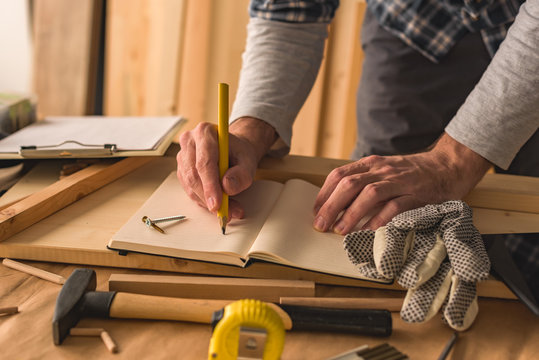
Introduction
In the realm of woodworking, safety is paramount. At [Woodyly], we understand the critical importance of maintaining a secure workspace while pursuing your passion for crafting exceptional wood pieces. In this guide, we delve into comprehensive woodworking safety tips, offering invaluable insights that go beyond the basics.
Understanding the Tools
Choosing the Right Personal Protective Equipment (PPE)
Selecting appropriate PPE is the first line of defense against potential hazards. Our experts recommend a comprehensive ensemble, including:
- Safety glasses with side shields
- Ear protection
- Dust masks or respirators
- Cut-resistant gloves
Power Tool Safety
Table Saw Safety
The table saw is a cornerstone of woodworking, but it demands respect. Follow these protocols:
- Always use a push stick for narrow cuts.
- Maintain a proper distance from the blade.
- Keep the saw area well-lit for enhanced visibility.
Router Safety
Routers are versatile but can pose risks. To mitigate potential issues:
- Secure your workpiece firmly.
- Use push blocks for stability.
- Follow a planned routing path to avoid sudden movements.
Workshop Layout and Organization
Ergonomics
Crafting an ergonomic workspace not only enhances efficiency but also reduces the risk of accidents. Consider the following:
- Workbench height should align with your elbows.
- Ensure tools are within easy reach to minimize excessive stretching.
Proper Ventilation
Woodworking often involves dust and fumes. Enhance your workshop’s air quality by:
- Installing an efficient dust collection system.
- Wearing a high-quality dust mask during operations.
Emergency Preparedness

First Aid Kit Essentials
Accidents can happen, and preparation is key. A well-stocked first aid kit should include:
- Bandages and gauze
- Antiseptic wipes
- Tweezers for splinter removal
Emergency Exits and Procedures
Prioritize safety by:
- Clearly marking emergency exits.
- Conducting regular fire drills.
Diagram: Workshop Layout
- Workbench (A): The central workspace designed at an ergonomic height to ensure comfortable and safe woodworking.
- Safe Distance from Tools (B): Emphasizing the importance of maintaining a secure distance from tools to minimize the risk of accidents during operations.
- Secure Saw Area (C): Highlighting the necessity of a dedicated and well-organized space for operating saws, ensuring enhanced safety.
- Good Ventilation (D): Stressing the need for efficient dust collection systems and proper ventilation to maintain a clean and healthy workshop environment.
- Emergency Exits (E): Marking the importance of clearly defined emergency exits and evacuation procedures for a swift and safe response to unforeseen situations.
This diagram serves as a visual guide to optimize the workshop layout for safety and efficiency in woodworking activities.
Conclusion
Safety should be the cornerstone of every woodworking endeavor. By implementing these comprehensive safety measures, you not only protect yourself but also elevate the overall quality of your craft. At [Woodyly], we are dedicated to fostering a culture of safety within the woodworking community. Stay safe, and let your creativity thrive.